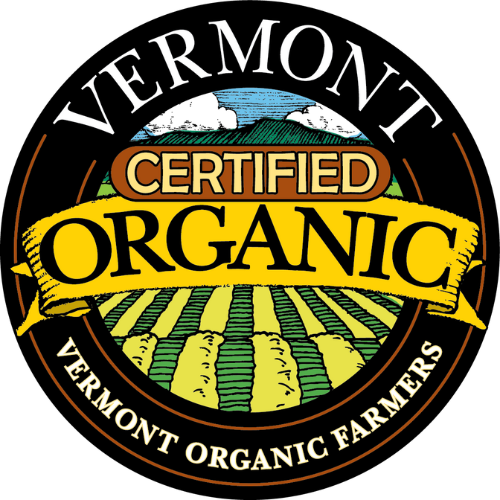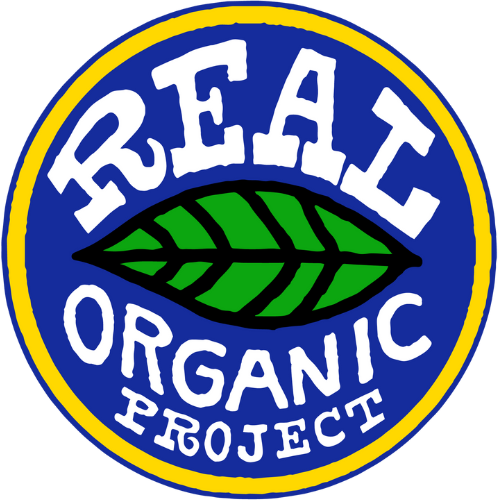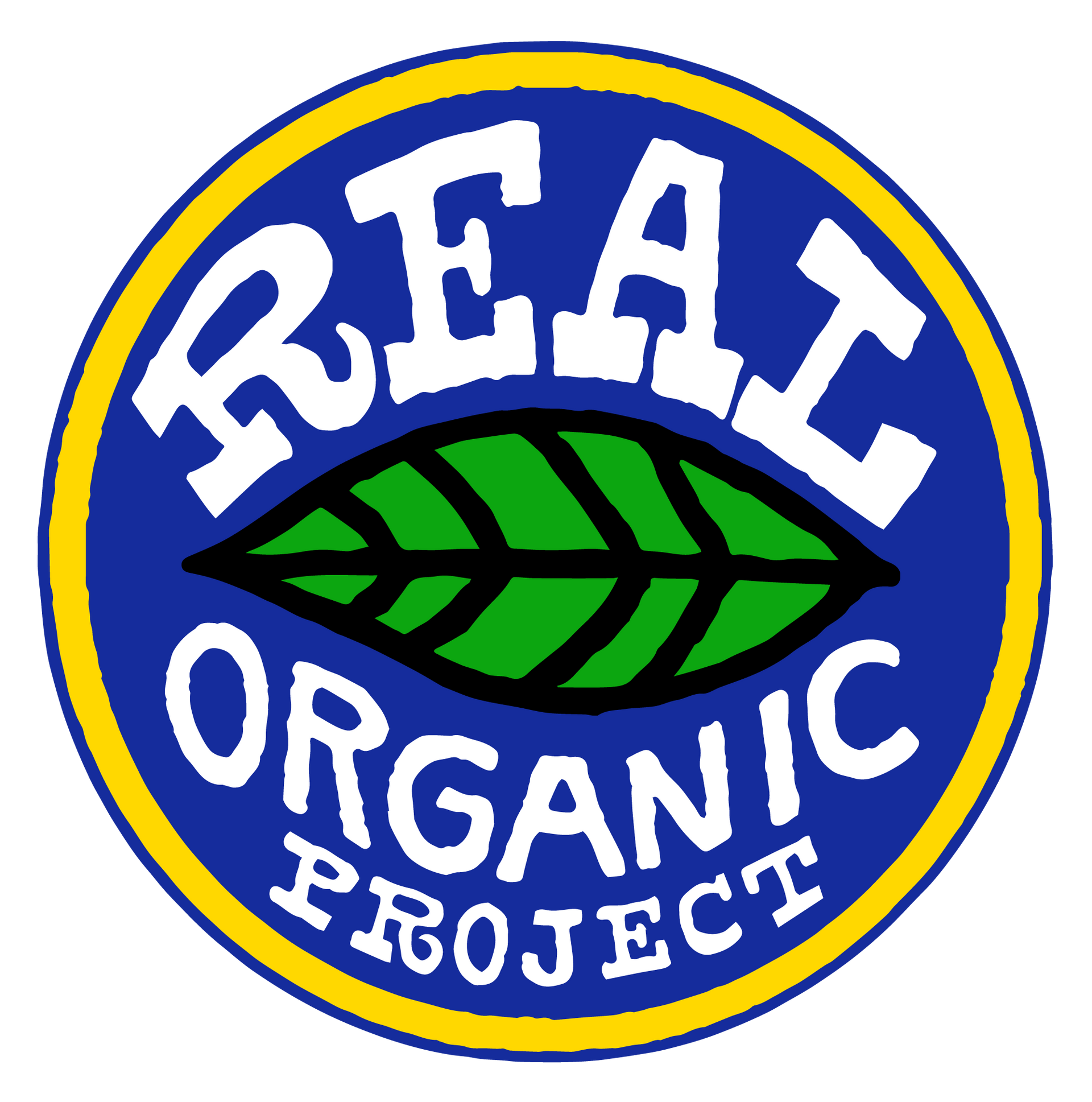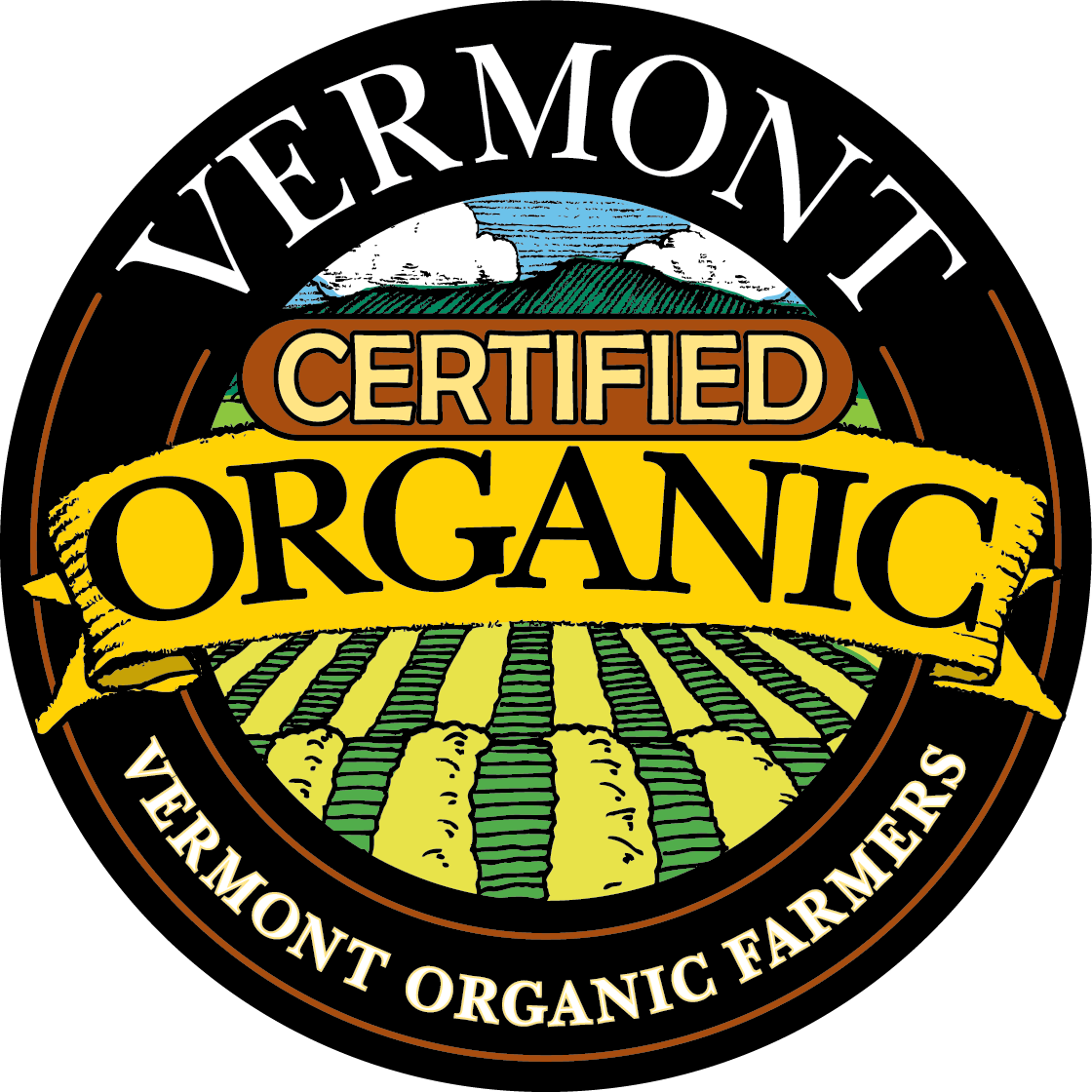Essentials for Lambing Time
THE ORGANIC SHEPHERD'S LAMBING KIT
Along with the excitement and anticipation of lambing comes a certain amount of concern about being prepared, especially for folks that are new to shepherding. Being prepared for lambing starts several months before lambing actually begins with good nutrition. Proper nutrition and mineral supplementation is essential to a successful lambing season. Ewes that are properly nourished will have fewer lambing issues and their lambs will be stronger at birth. Making sure that your ewes are well supplemented with selenium, vitamin E, and calcium is vitally important. But, even with correct nutrition, things can happen at lambing... and one wants to be prepared for those occasions when trouble arises!! New and experienced shepherds, alike, should go through the lambing section of Laura Lawson's book, Managing Your Ewe. It is a valuable resource that I revisit each year before lambing.
Many of the essentials in our lambing kit would be the same as for a conventional farm:
- 7 % Iodine for navels. We use Triodine-7 and I add some tea tree oil to that.
- Scale and sling for weighing newborn lambs. I like the ones they sell at Premier.
- A digital rectal thermometer for checking temps of newborn lambs. Essential for knowing whether or not a lamb is chilled.
- Bulb syringe for cleaning out excess fluid from nostrils and throat of lambs slow to start.
- Lubricant. Necessary for assisting deliveries. It is nice to have one with antiseptic qualities, like SuperLube. We use the powdered J-Lube, or SuperLube.
- Tubing kit for getting milk into weak lambs. A 60 cc. catheter type syringe and lambing tube. Good to have extra tubes on hand.
- Frozen colostrum. Do not thaw frozen colostrum in the microwave as it will destroy antibodies. New shepherds can collect colostrum from first ewes to lamb.
- Syringes and needles for giving injections. 1/2" 20 gauge needles and 1" 18 gauge needles. 3, 6, 12, 20 cc syringes.
- Milk replacer for bottle lambs.
- Milk bottle and nipple for feeding bottle lambs. Many prefer the Pritchard teat nipples.
- Ear tags and applicator and SuperLube for lubricating and disinfecting tagging applicator. Q flex 1.5 and tagger from Premier1.
- Baling twine or lambing loops for assisting in difficult births and head snare.
- We keep all of the essential vitamin injections on hand: BoSe, Vitamin C, Vitamin B Complex, and Vitamin A, D, E.
- Clean rags and paper towels.
- Scissors
- Molasses to add to fresh ewe's water for quick energy.
Here are some of the certified organic products that we use:
- Ketonic: available from Agri-Dynamics or Lancaster Ag. Used to treat ketosis, stressed ewes.
- CMPK Oral (Vedco brand or Aspen brand). Used to treat milk fever, stressed ewes.
- Calcium gluconate Can use this for milk fever, tetany, dystocia, stressed ewes. Also used for stressed lambs.
- Udder Comfort Yellow Spray: Soothes and softens udders. Use for sub-acute mastitis cases. Can be ordered from PBS Animal Health.
- Homeopathic arnica and Rescue Remedy: Given after difficult birth to reduce swelling and stress.
- Banamine: Prescription pain reliever, Banamine, for use after very difficult assisted birth when a ewe may have a lot of pain.
- Aloe C: Available from Dr Sarahs Essentials. A great product to keep on hand. Fine nutritional qualities and antioxidant properties, aids digestive issues, soothing for wounds.
- Wild Herb Drench: Available from Lancaster Ag. Tonic tea for the lungs or any respiratory problems. Provides vitamins and antioxidants.
For those of you interested in moving toward a more "organic" operation using holistic products, please visit these websites:
- Dr Sarah Essentials: https://drsarahsessentials.com
- Agri-Dynamics: http://www.agri-dynamics.com
- Crystal Creek: http://www.crystalcreeknatural.com
So, get your your lambing kits in order, get out your Laura Lawson books, and relax a bit before lambing time begins. I wish you all the most successful lambing season!
Let's cover the basic lambing kit and then look at what extras you could have on hand.
The items marked with **, are not for a basic kit, but you might want to add these over time.
Supplies
The following table lists supplies you should have on hand for lambing.
| Lambing Supplies | Use |
|---|---|
| OB lubrication | For assisting with difficult births (J-lube, or other) |
| Nylon rope, snare, or leg puller and head snare | For assisting with difficult births |
| Disinfectant | For assisting with difficult births |
| Bearing retainer, ewe spoon, or prolapse harness ** | For holding vaginal prolapse in |
| Heat lamp or warming box ** | For warming chilled lambs |
| Arnica montana and Rescue Remedy homeopathics | To give to ewes whose births you assist |
| Needles and syringes | For giving shots |
| Thermometer | For diagnosing problems |
| Gentle iodine, Triodine 7% | For dipping navel cords |
| Esophageal feeding tube | |
| Frozen colostrum | For feeding lambs |
| Colostrum supplement | To supplement colostrum |
| Lamb milk replacer | For feeding orphan lambs |
| Lamb nipples (teats) and bottle | For hand feeding orphan lambs |
| CMPK Oral , propylene glycol, molasses, Bounce back electrolytes | For treating pregnancy toxemia |
| Calcium gluconate 23% bottle | Treating milk fever |
| Vitamins, Bio start paste, selenium supplements | For weak lambs |
| Oral dosing syringe 30 or 50 cc | For giving oral medications |
| OB S-curved needle ** | For suturing |
| Ear tags and an applicator | For identifying lambs |
| Small open tip syringe for lamb enema | |
| Hanging scale | For weighing feed and lambs |
| Weigh sling | To weigh newborn lambs |
| Pocket record keeping book | For recording lambing data |
Books:
These are some of my favorites.
Natural Sheep Care - Pat Coleby
Storey's Guide to Raising Sheep - Paula Simmons and Carol Ekarius
Managing Your Ewe - Laura Lawson
The Sheep Book - Ron Parker
Living with Sheep - Chuck Wooster
The Complete Herbal Handbook for Farm and Stable - Juliette de Bairacli Levy
Lamb Problems - Laura Lawson
